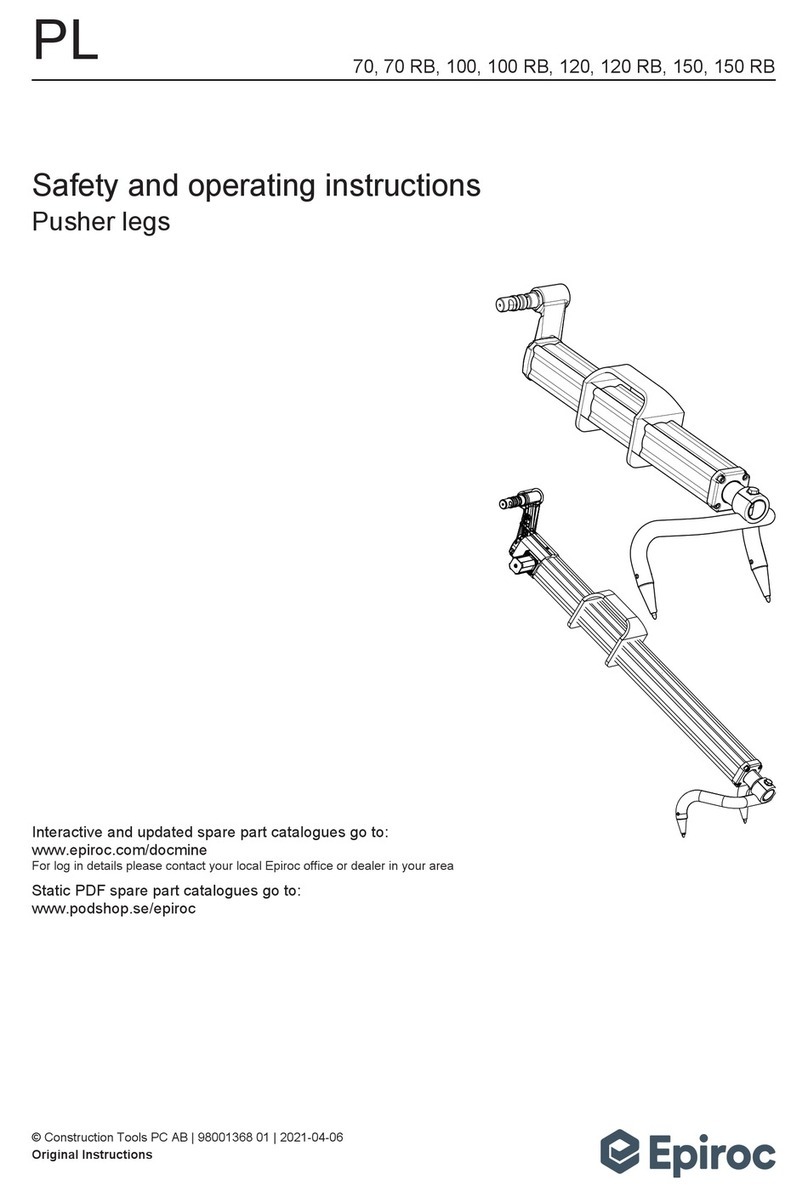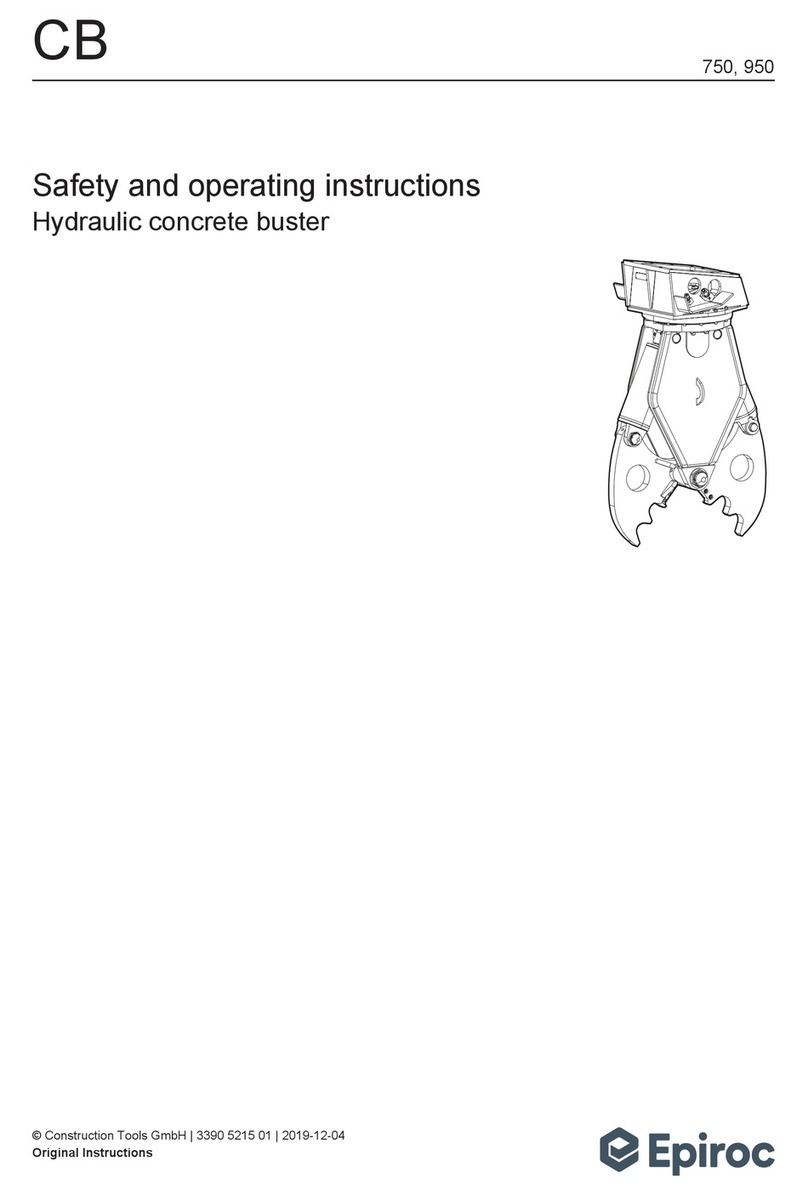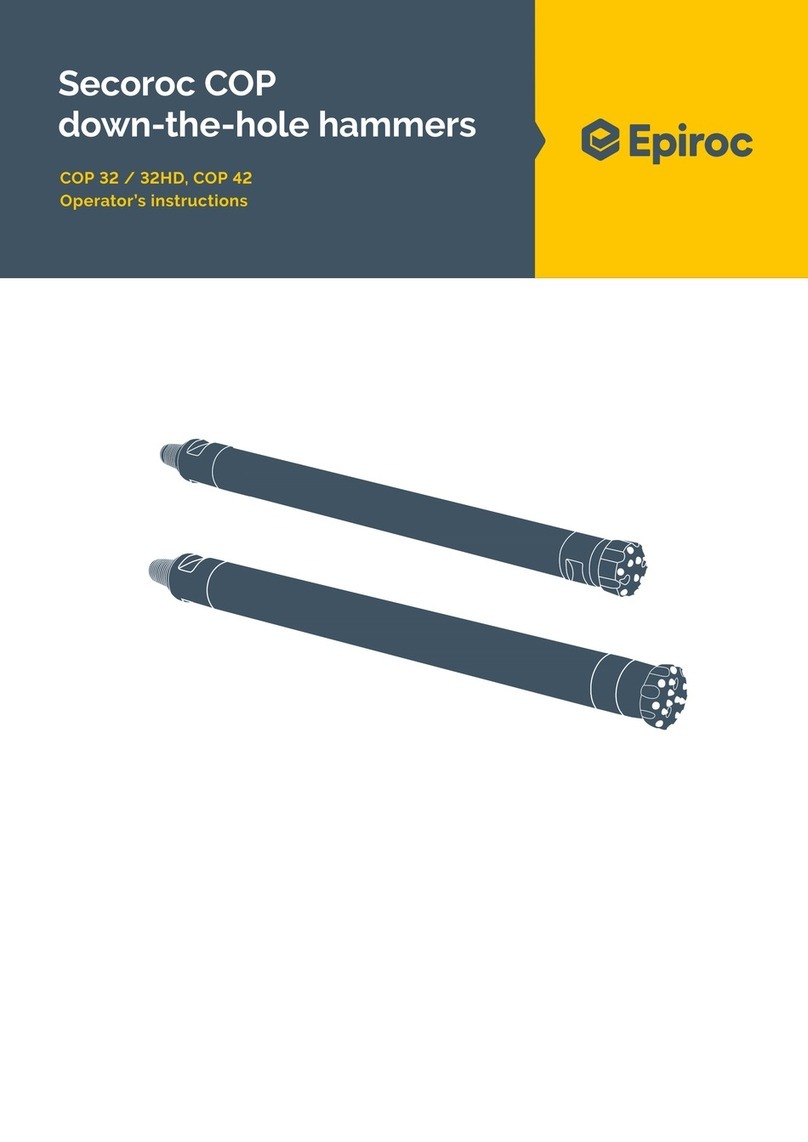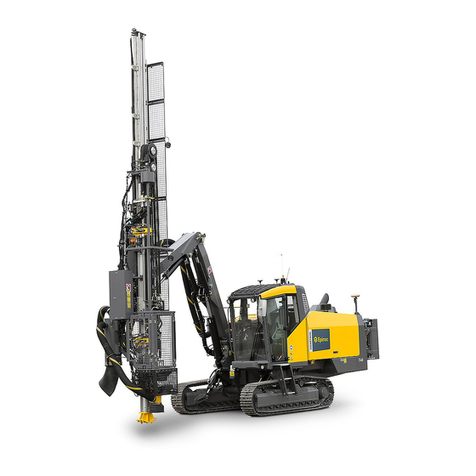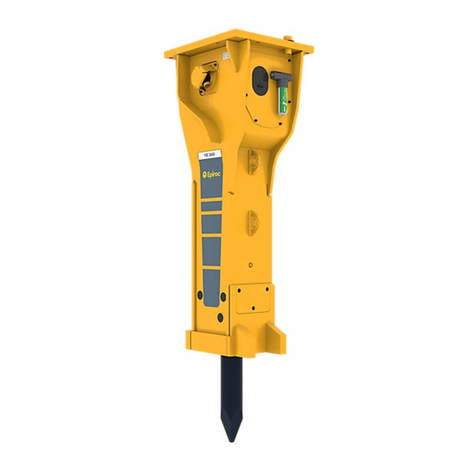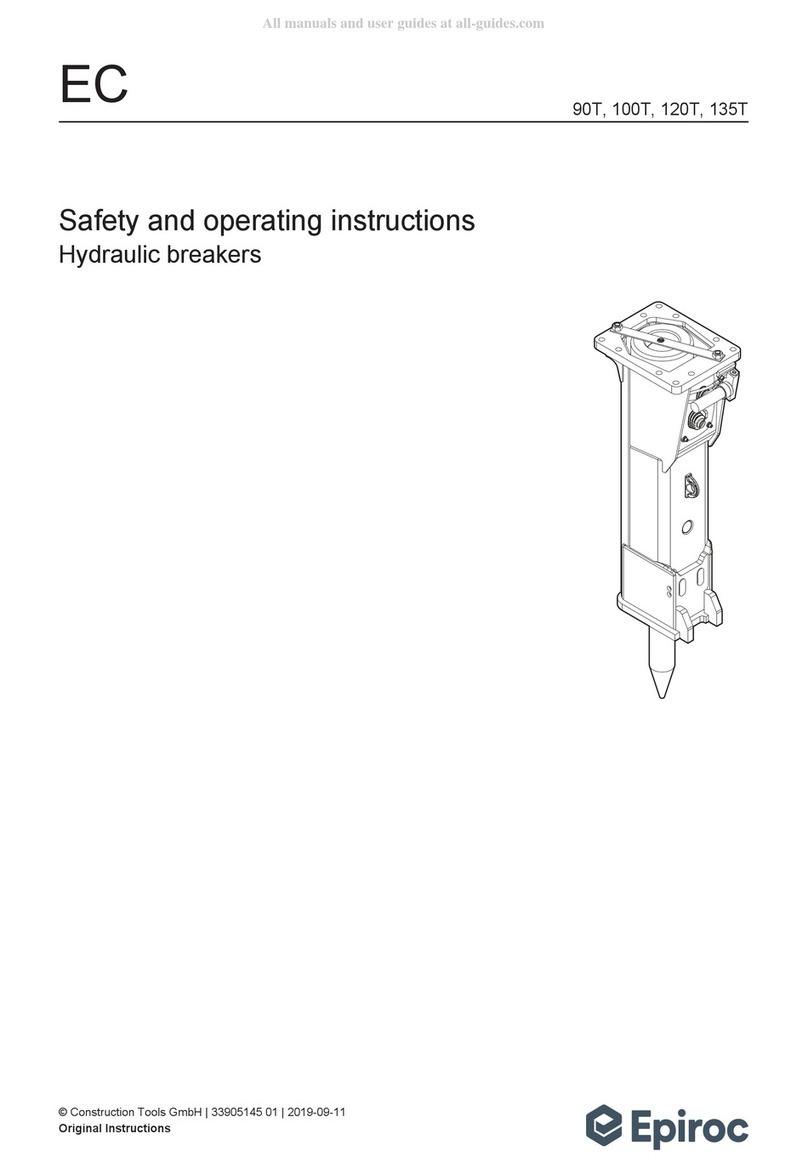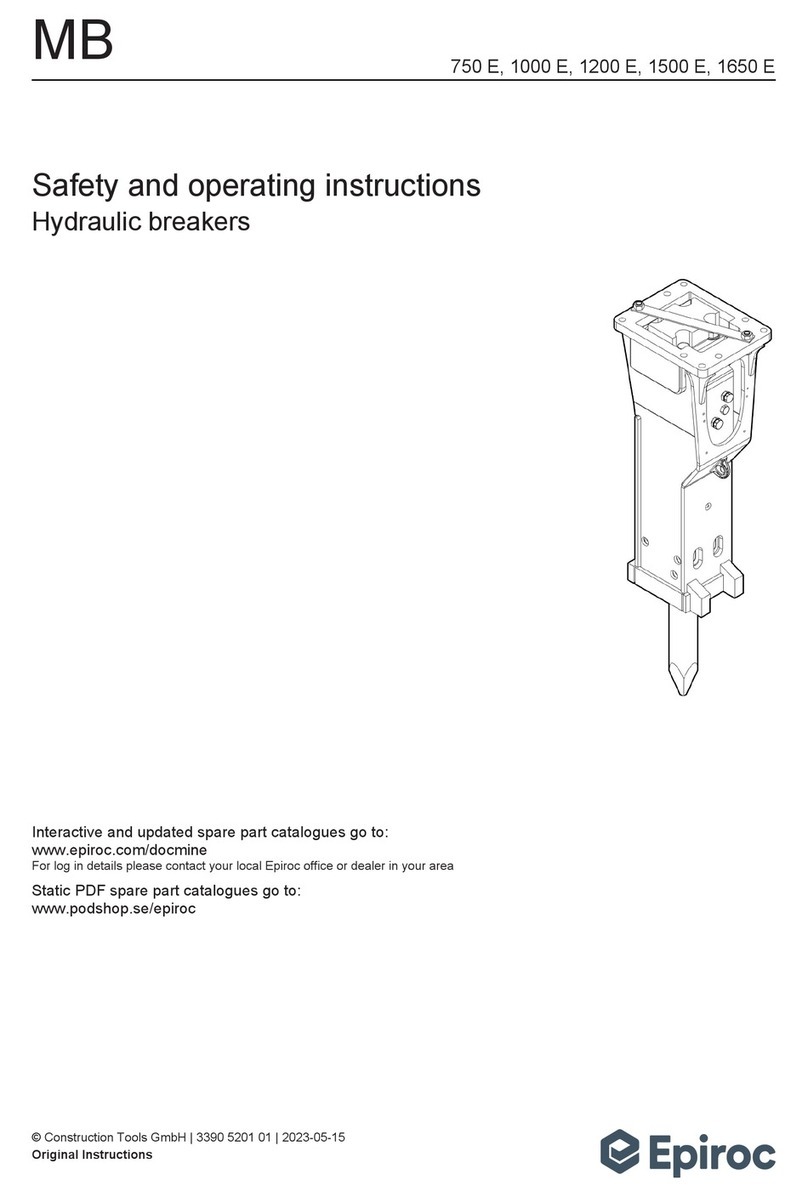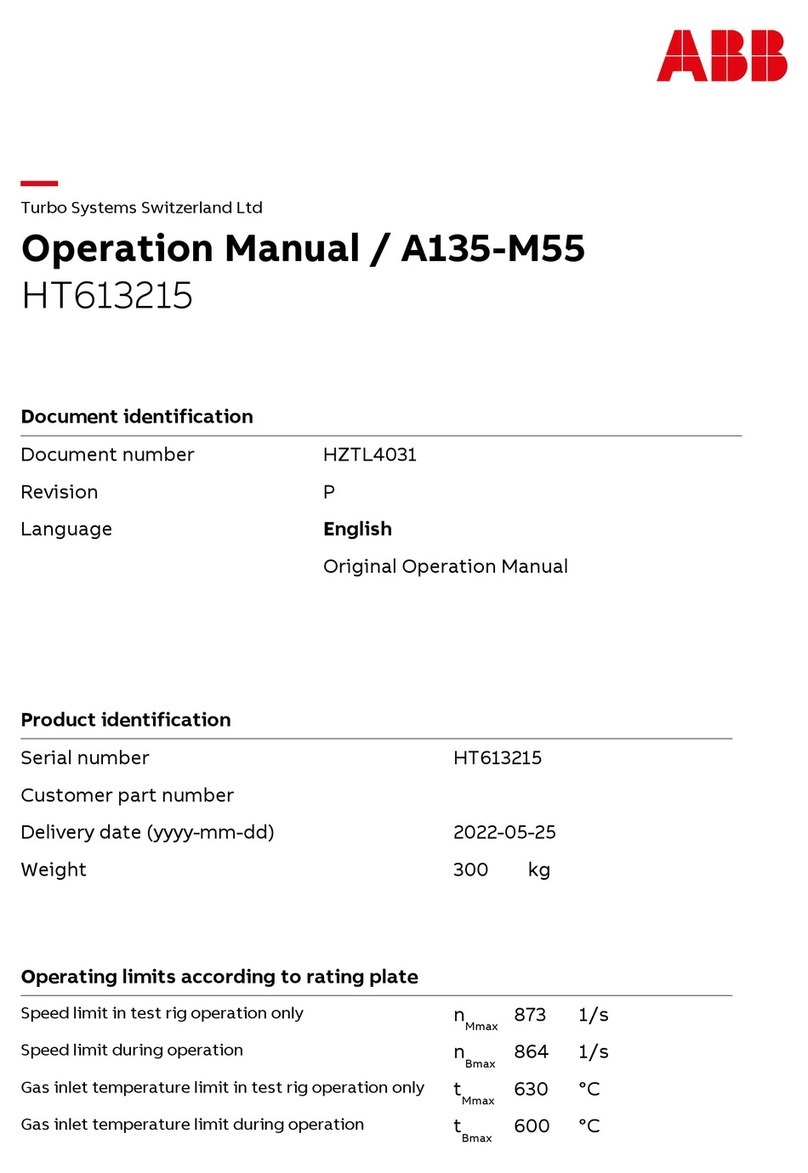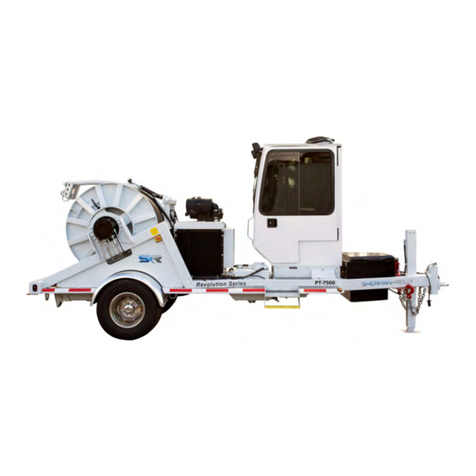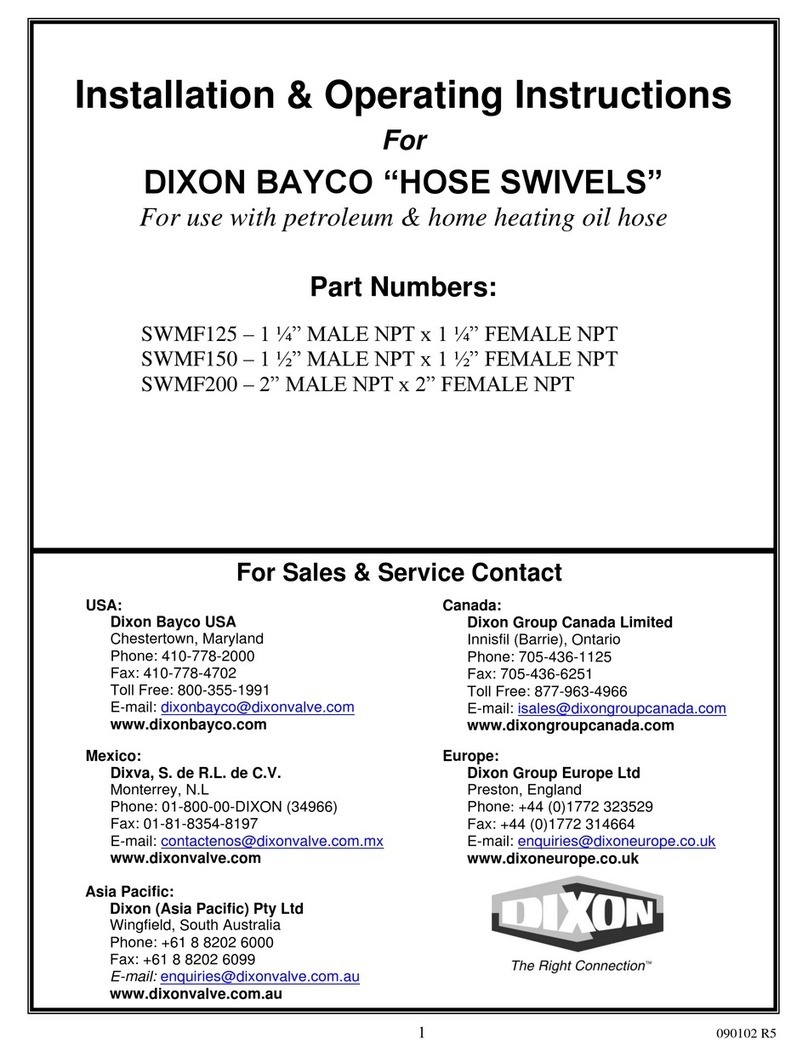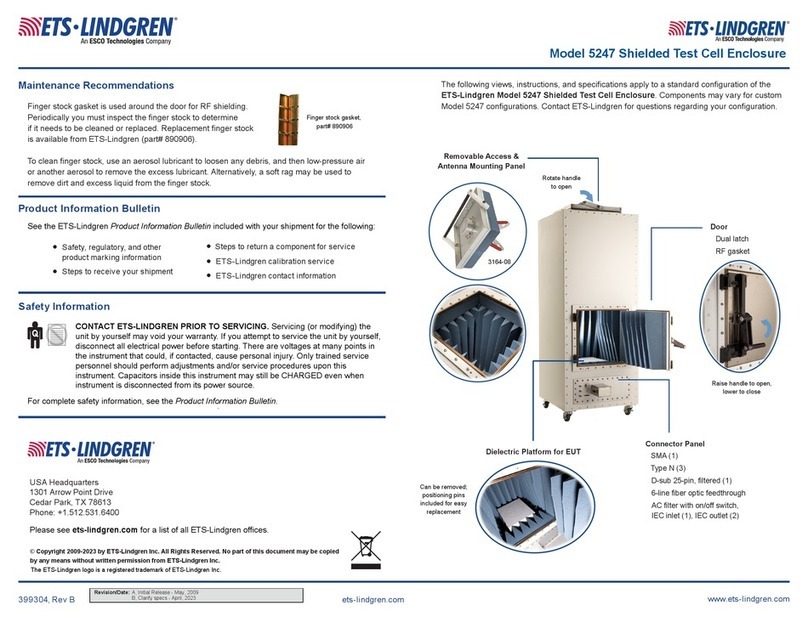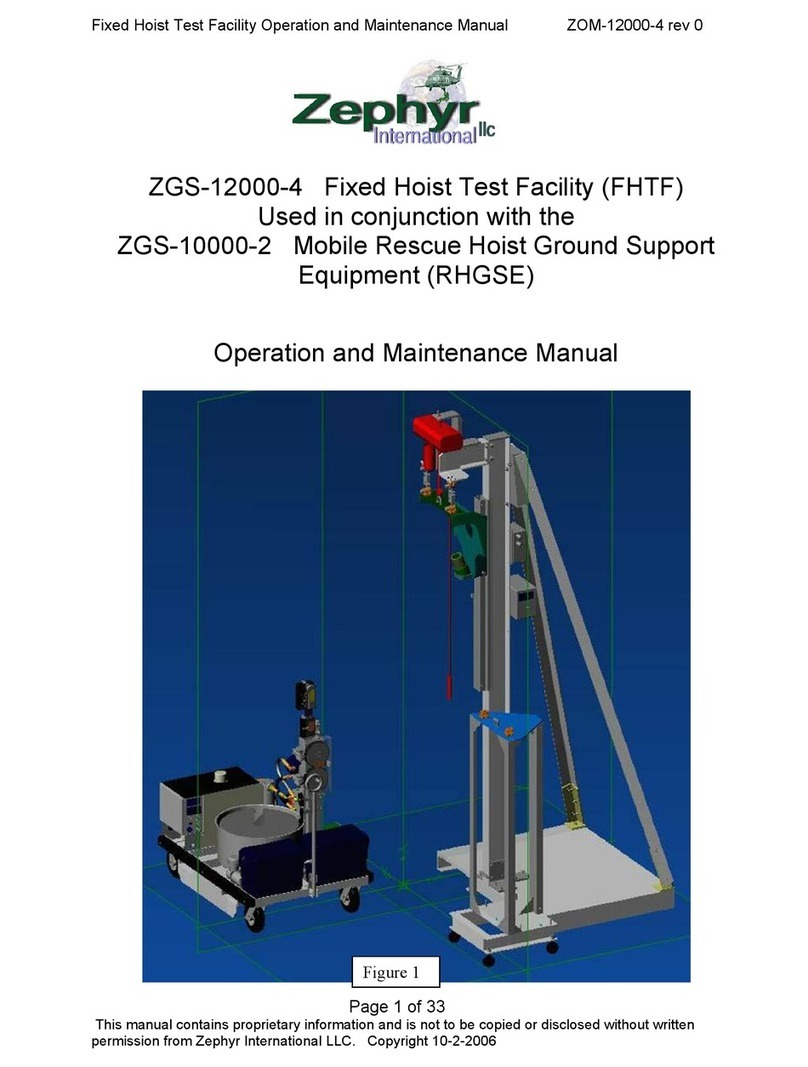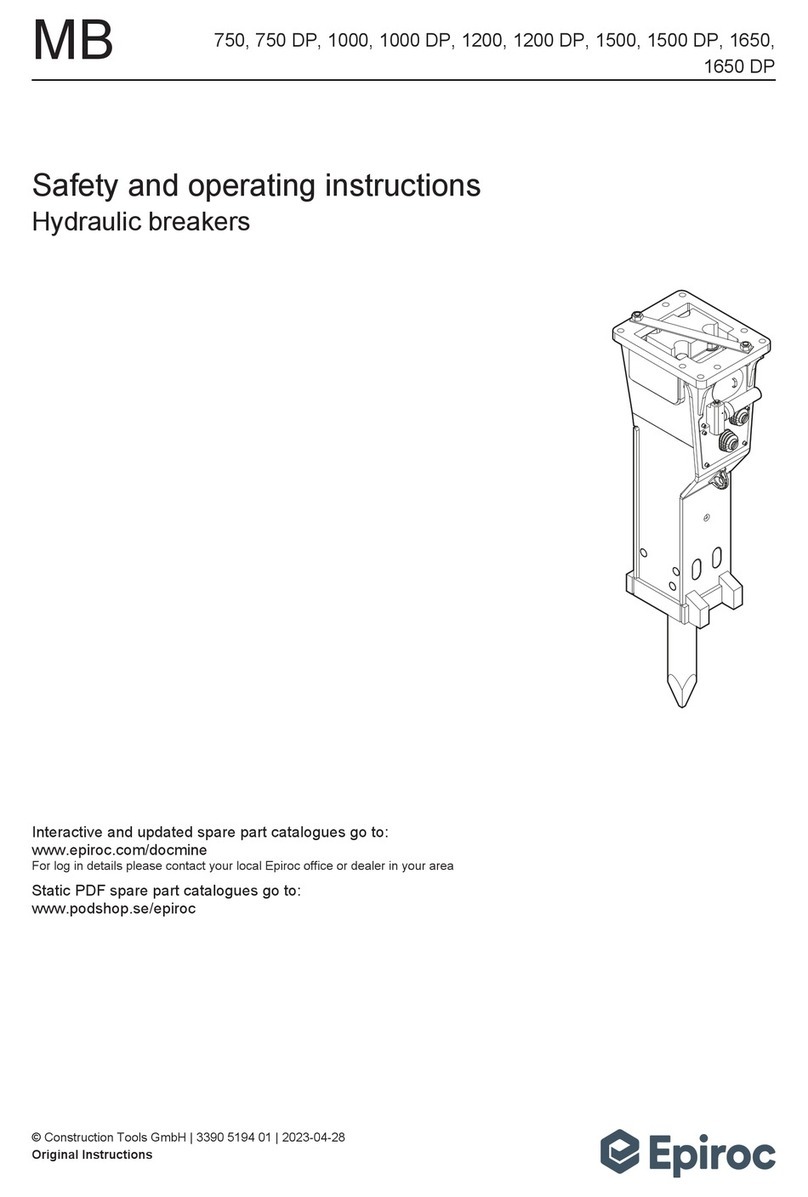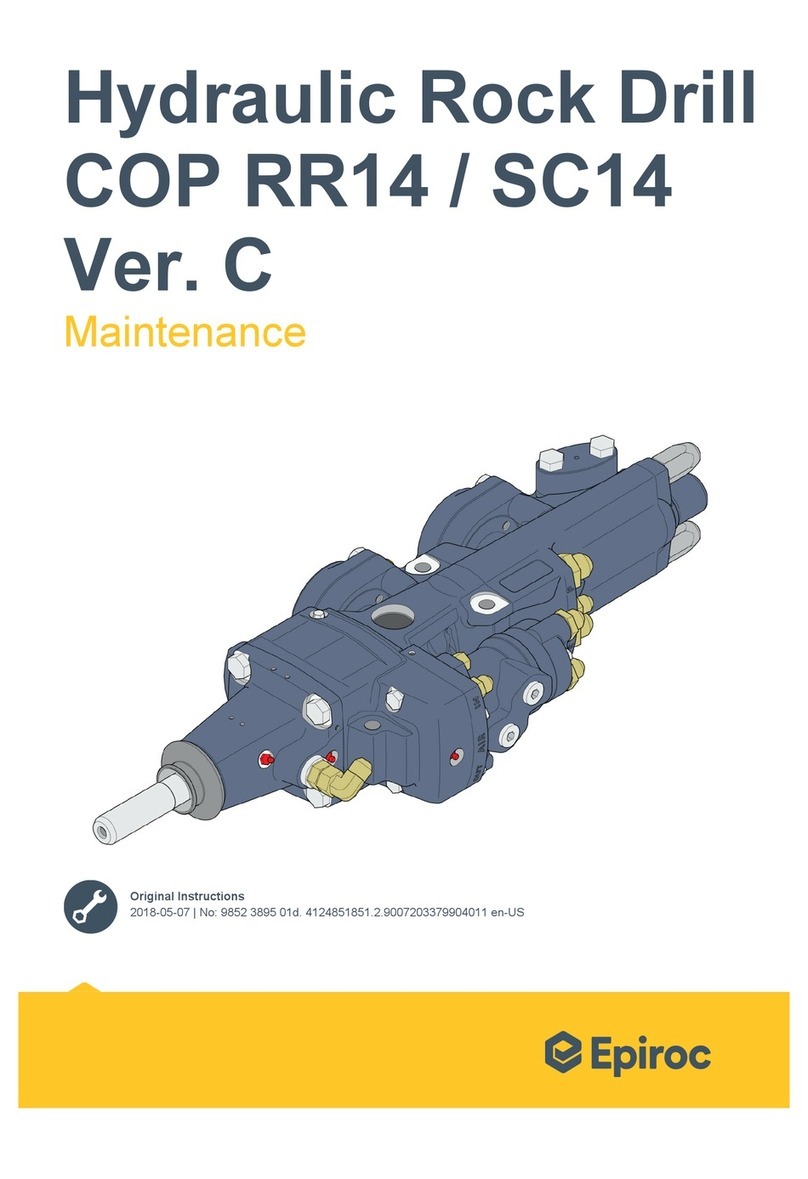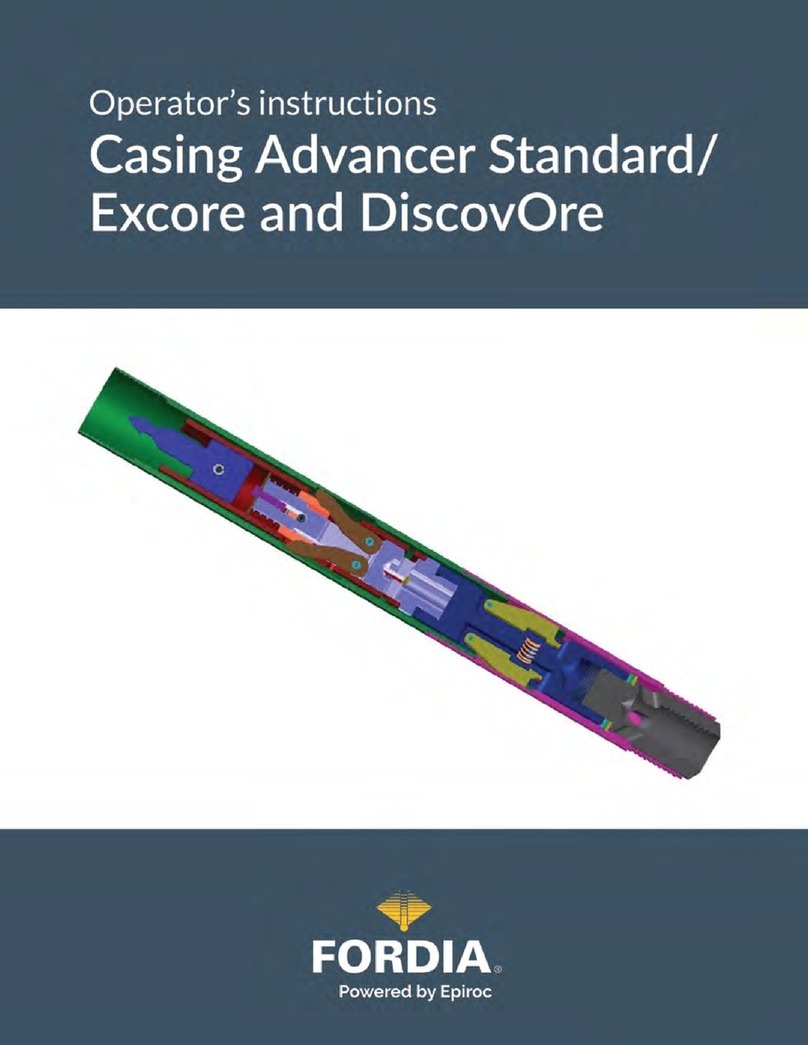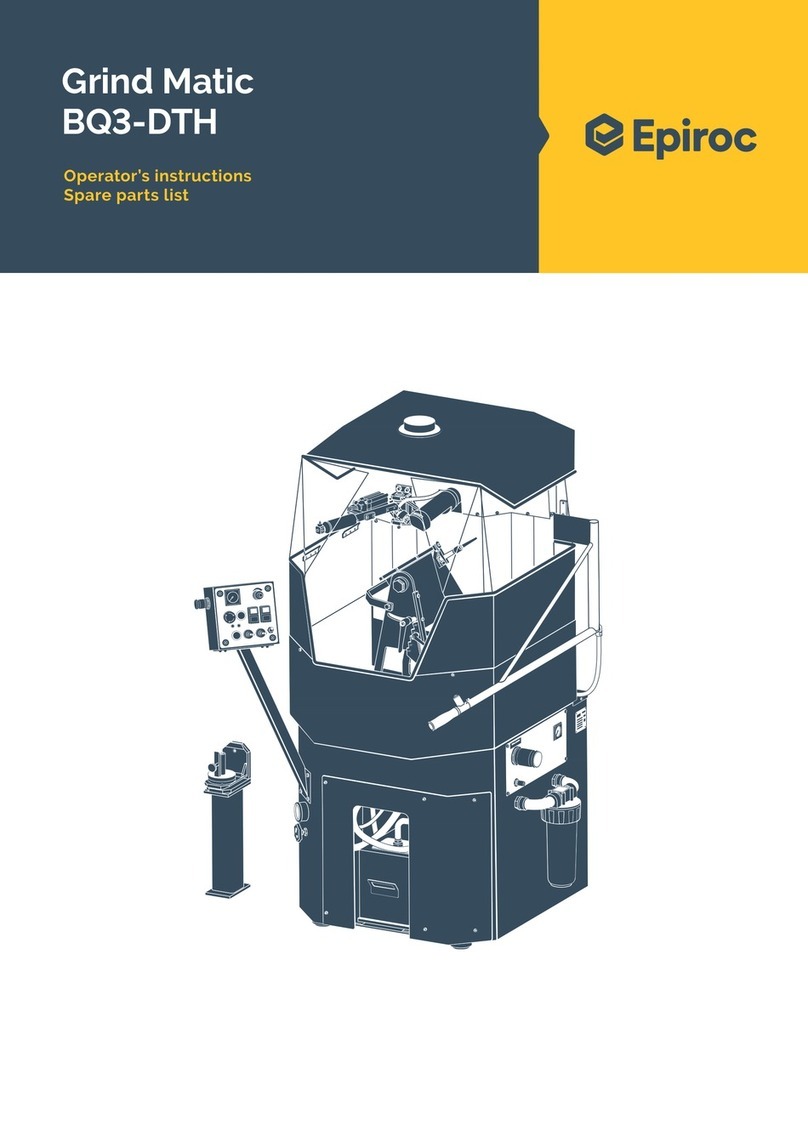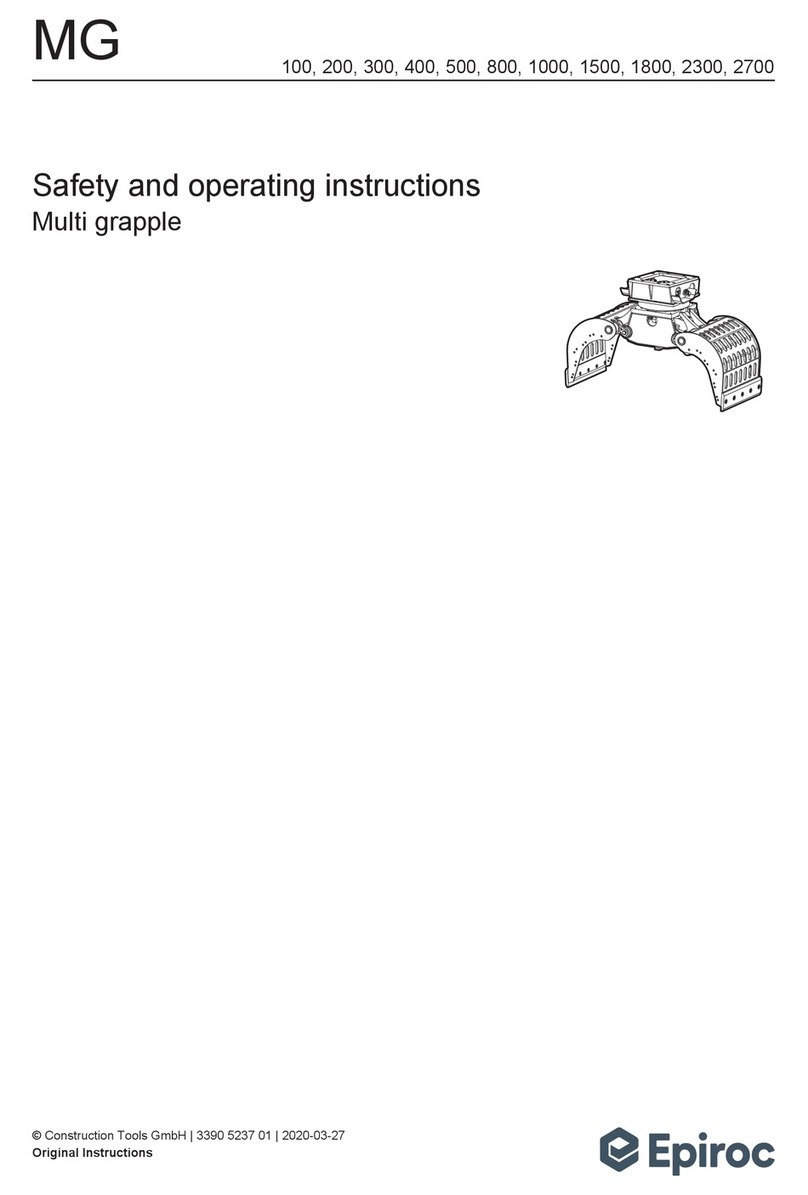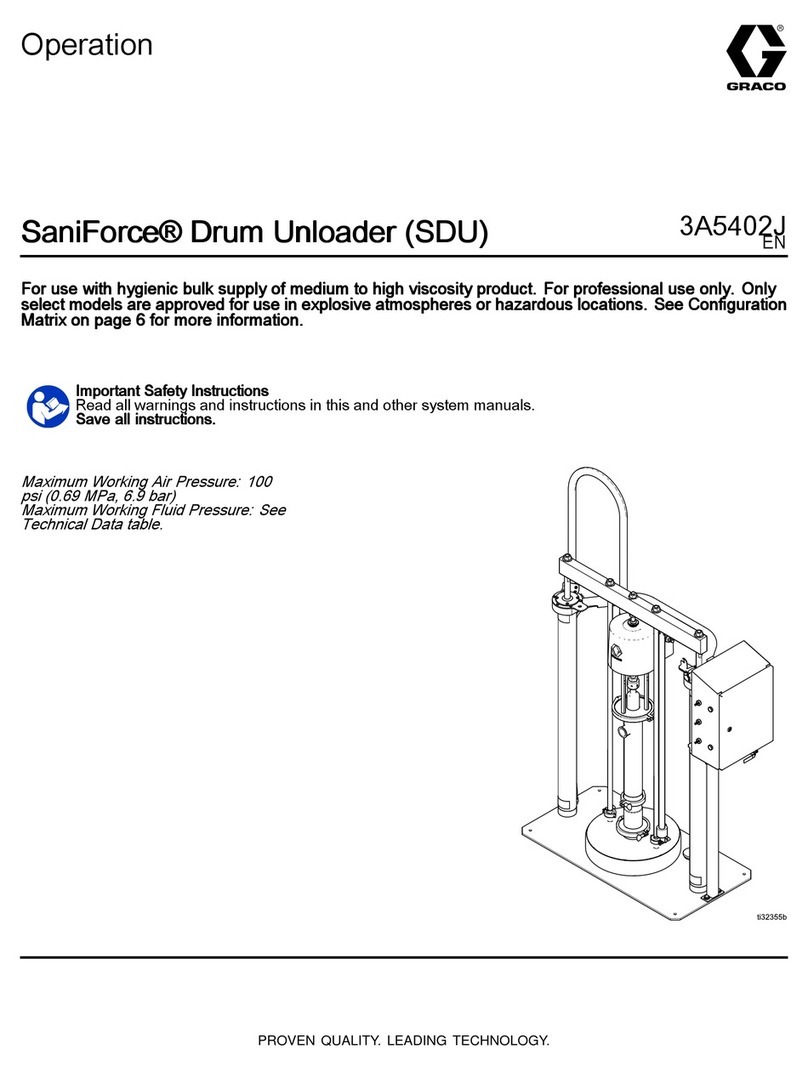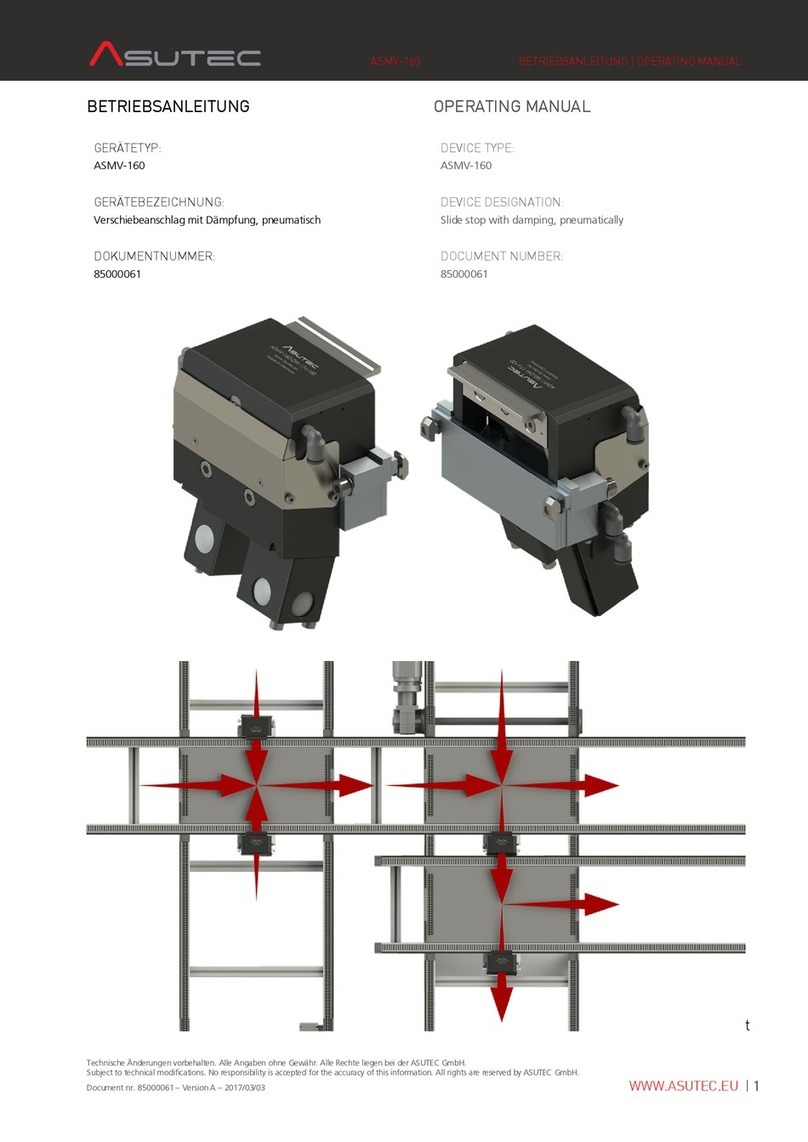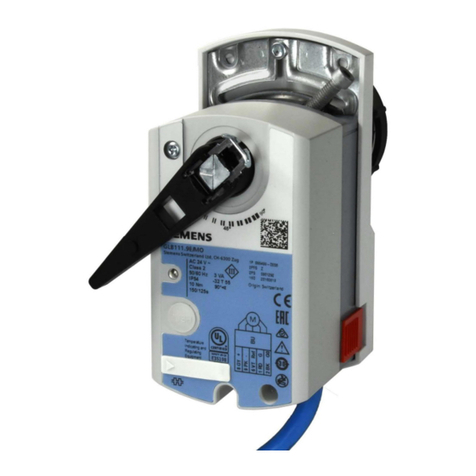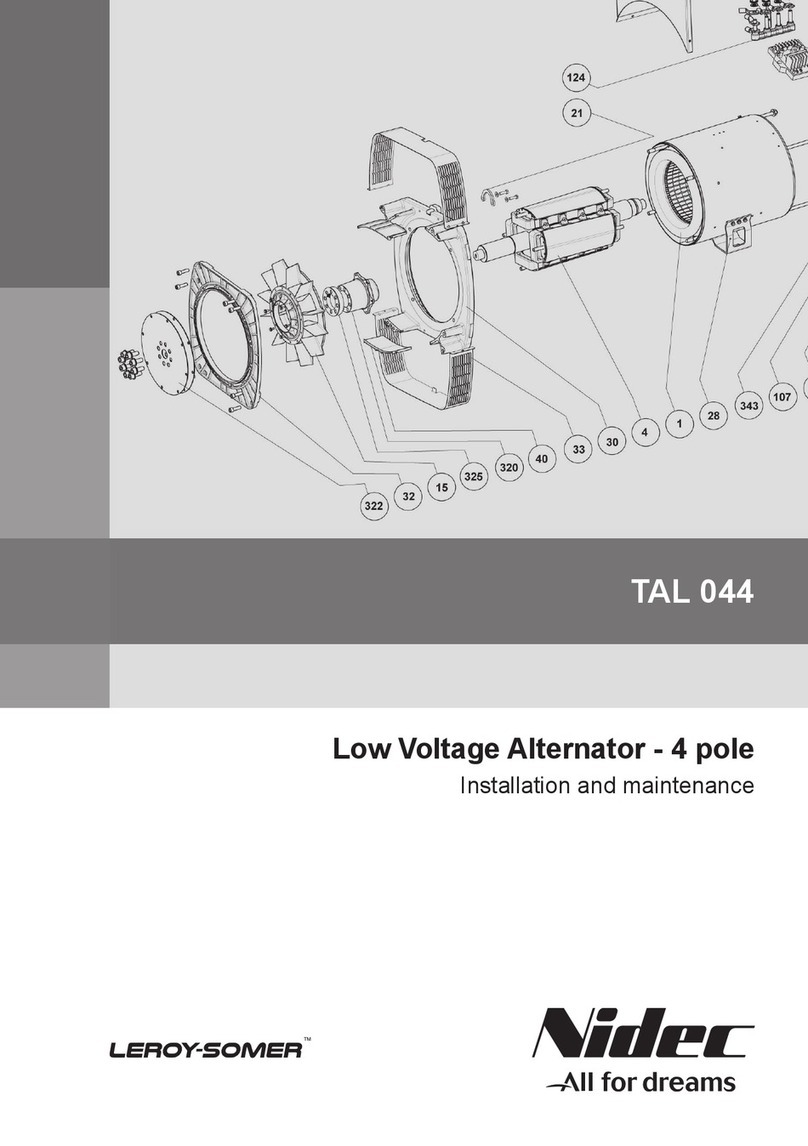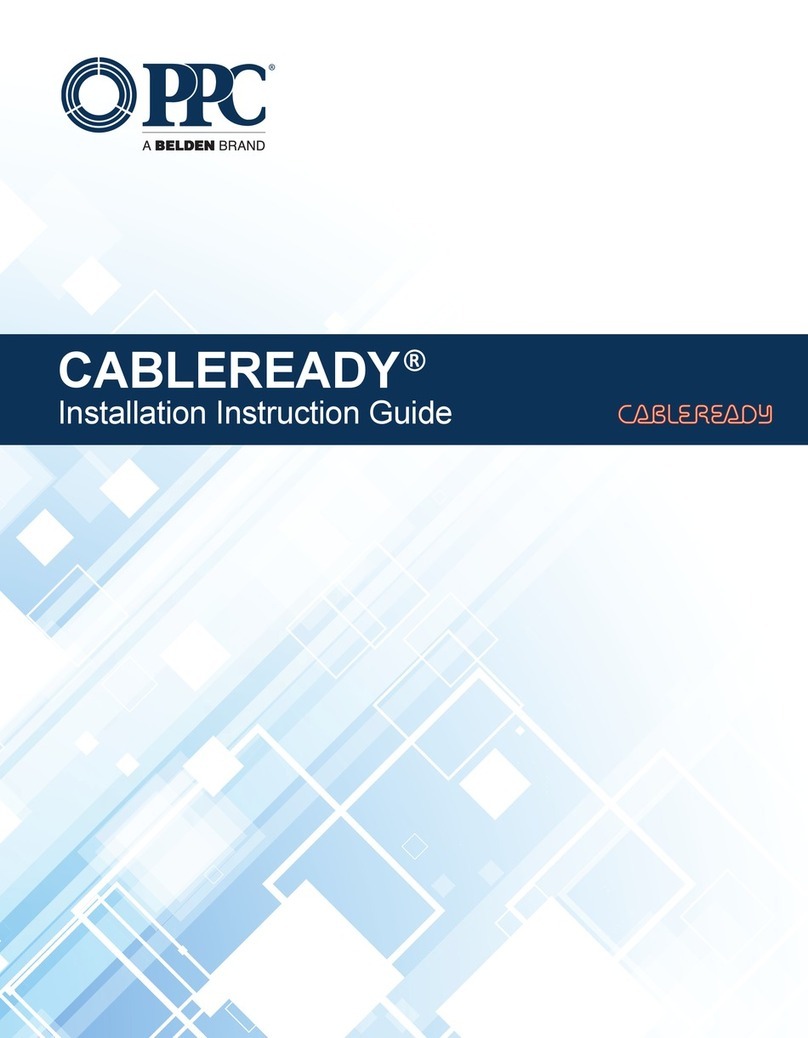
Safety and operating instructions
© Construction Tools PC AB | 9864 0046 01 | 2020-11-13
Original Instructions
7
2.5 Operation, precautions
WARNING Operating pressure
If the maximum operating pressure for the hydraulic ma-
chine is exceeded, the accumulator can be over charged
which can result in material damage and personal injury.
uAlways run the hydraulic machine with the correct
operating pressure. See "Technical data".
DANGER Explosion hazard
If a working tool comes into contact with explosives or
explosive gases, an explosion could occur. When work-
ing on certain materials and when using certain materi-
als in machine parts, sparks and ignition can occur. Ex-
plosions will lead to severe injuries or death.
uNever operate the machine in any explosive environ-
ment.
uNever use the machine near flammable materials,
fumes or dust.
uMake sure that there are no undetected sources of
gas or explosives.
WARNING Trapping hazard
There is risk of neck ware, hair, gloves and clothes get-
ting dragged into or caught by a rotating insertion tool or
accessories. This may cause choking, scalping, lacera-
tions or death. To reduce the risk:
uNever grab or touch a rotating drill steel.
uAvoid wearing clothing, neck ware or gloves that may
get caught.
uCover long hair with a hair net.
WARNING Projectiles
Failure of the work piece, of accessories, or even of the
machine itself may generate high velocity projectiles.
During drilling, splinters, or other particles may become
projectiles and cause bodily injury by striking the opera-
tor or other persons. Also, breakage of the work piece,
accessories, or the insertion tool may generate high ve-
locity projectiles that can cause bodily injury. In addition,
objects falling from a height can cause bodily injury. To
reduce risks:
uClose off the working area.
uBefore starting, make sure that no persons are in the
danger area, 5 meters both horizontally and vertically
from the machine.
uImmediately switch off the machine when persons
are present in the danger area.
uNever operate unless the inserted tool is retained in
the machine with a proper tool retainer.
WARNING Slipping, tripping and falling hazards
There is a risk of slipping or tripping or falling, for exam-
ple tripping on the hoses or on other objects. Slipping or
tripping or falling can cause injury. To reduce this risk:
uAlways make sure that no hose or other object is in
your way or in any other person's way.
WARNING Dust and fume hazard
Dusts and/or fumes generated or dispersed when using
the machine may cause serious and permanent respira-
tory disease, illness, or other bodily injury (for example,
silicosis or other irreversible lung disease that can be fa-
tal, cancer, birth defects, and/or skin inflammation).
Some dusts and fumes created by drilling, breaking,
hammering, sawing, grinding and other construction ac-
tivities contain substances known to the State of Califor-
nia and other authorities to cause respiratory disease,
cancer, birth defects, or other reproductive harm. Some
examples of such substances are:
uCrystalline silica, cement, and other masonry products.
uArsenic and chromium from chemically-treated rubber.
uLead from lead-based paints.
Dust and fumes in the air can be invisible to the naked
eye, so do not rely on eye sight to determine if there is
dust or fumes in the air.
To reduce the risk of exposure to dust and fumes, do all
of the following:
uPerform site-specific risk assessment. The risk as-
sessment should include dust and fumes created by
the use of the machine and the potential for disturb-
ing existing dust.
uUse proper engineering controls to minimize the
amount of dust and fumes in the air and to minimize
build-up on equipment, surfaces, clothing, and body
parts. Examples of controls include: exhaust ventila-
tion and dust collection systems, water sprays, and
wet drilling. Control dusts and fumes at the source
where possible. Make sure that controls are properly
installed, maintained and correctly used.
uWear, maintain and correctly use respiratory protec-
tion as instructed by your employer and as required
by occupational health and safety regulations. The
respiratory protection must be effective for the type
of substance at issue (and if applicable, approved by
relevant governmental authority).
uWork in a well ventilated area.
uIf the machine has an exhaust, direct the exhaust so
as to reduce disturbance of dust in a dust filled envi-
ronment.




















